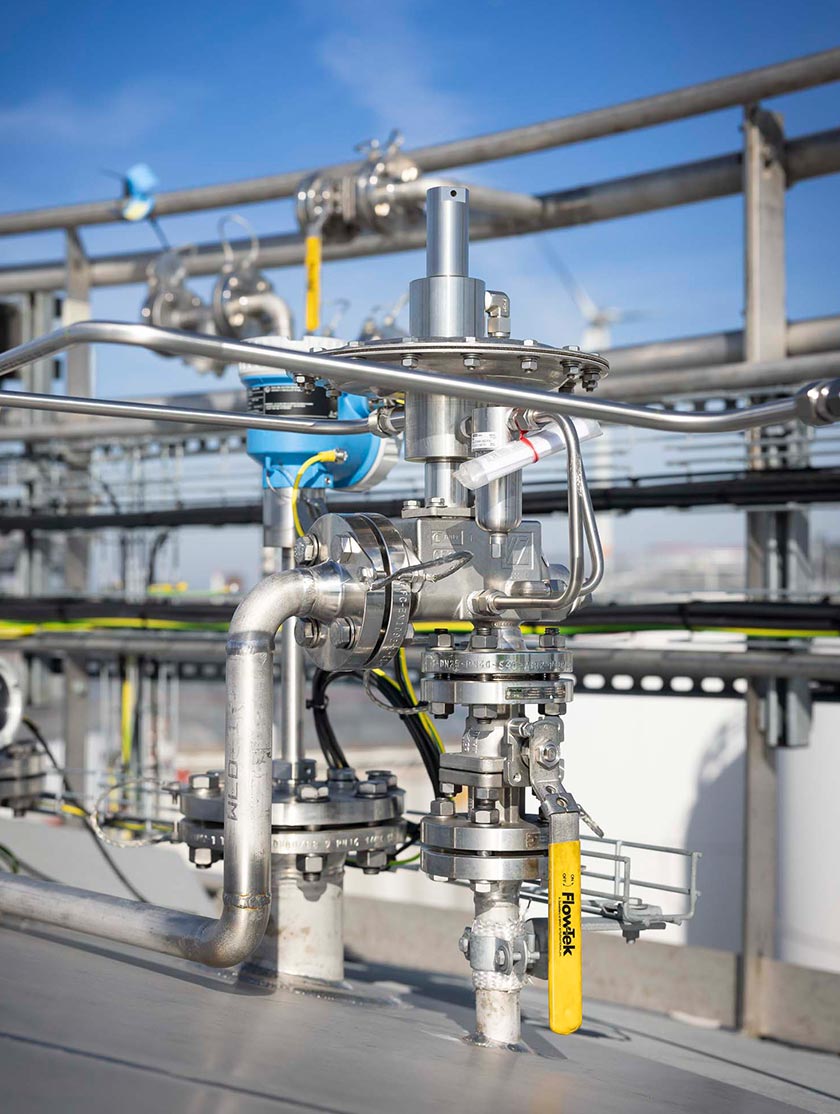How Pressure Reducing Regulators Work to Control Fluid Pressure
How Do Pressure Reducing Regulators Work to Control Fluid Pressure?
In a variety of industrial, commercial, and residential applications, maintaining a constant and safe fluid pressure is critical to efficient operation and equipment protection. A pressure reducing regulator (also referred to as pressure regulator) is an important device specifically designed to regulate and reduce high fluid (liquid or gas) inlet pressure to a desired stable outlet pressure. This article discusses how pressure reducing regulators effectively regulate fluid pressure.
What is a Pressure Reducing Regulator?
A pressure reducing regulator is a mechanical valve that automatically reduces a higher inlet pressure to a lower regulated outlet pressure. The function is to balance the forces within the regulator to maintain a constant outlet pressure, regardless of fluctuating inlet pressure or changes in flow demand.
Important Components of a Pressure Reducing Regulator
- Inlet and Outlet Ports: These are where the fluid enters and leaves the regulator.
- Valve or Diaphragm Assembly: Controls the flow of fluid by opening or closing based on the pressure difference.
- Spring or Pilot System: Applies a force opposite to the fluid pressure, setting the desired outlet pressure.
- Sensing Element: This is usually a diaphragm or piston that detects changes in outlet pressure.
How Pressure Reducing Regulators Work
The basic operation of a pressure reducing regulator is based on force balance control. Here's how it works:
- Introduction to Input Pressure: High pressure fluid enters the regulator through the inlet port.
- Pressure Sensing and Feedback: Downstream pressure acts on a diaphragm or piston connected to the valve. This sensing element continuously monitors the downstream pressure.
- Force Balance: Fluid pressure is opposed by the force of a spring (or adjustable pilot pressure), which sets the target downstream pressure. The controller adjusts the opening of the valve to maintain a balance between the downstream pressure force and the spring force.
- Valve Modulation: If the downstream pressure rises above the set point, the force on the diaphragm increases, partially closing the valve and reducing fluid flow and pressure. Conversely, if the downstream pressure drops below the set point, the valve opens further, increasing flow and pressure.
- Constant Outlet Pressure: This continuous feedback and adjustment loop allows the pressure reducing regulator to maintain a constant and reduced outlet pressure regardless of fluctuations in inlet pressure or demand.
Pressure Reducing Regulator Types
| Type | Description | Applications |
|---|---|---|
| Direct Acting Regulators | Use a spring-loaded diaphragm that directly controls the valve. | Suitable for low to medium pressure applications. |
| Pilot Acting Regulators | Use a pilot valve that controls the main valve. | Ideal for higher pressures and higher flow rates with increased accuracy. |
Benefits of Using Pressure Reducing Regulators
- Safety: Prevents equipment damage due to overpressure.
- Efficiency: Ensures optimum performance by delivering fluid at the desired pressure.
- Durability: Reduces wear on downstream components.
- Energy Savings: Minimizes energy consumption by avoiding unnecessary high pressure delivery.
Conclusion
Pressure reducing regulators are critical components in fluid management systems that use a precise balance of mechanical forces to automatically reduce and maintain the desired outlet pressure. By continuously measuring downstream pressure and adjusting the valve accordingly, these regulators provide stable, safe pressure conditions that are critical to the performance, safety, and longevity of fluid handling systems.
Understanding the operation and proper application of pressure reducing regulators helps engineers and operators optimize system reliability and efficiency across a wide range of fluid handling industries.
When performance specs matter, trust Cashco’s precision-engineered regulators to meet your exact requirements.
Compare all models here or use the Regulator Sizing Form to get recommendations based on your technical needs.





